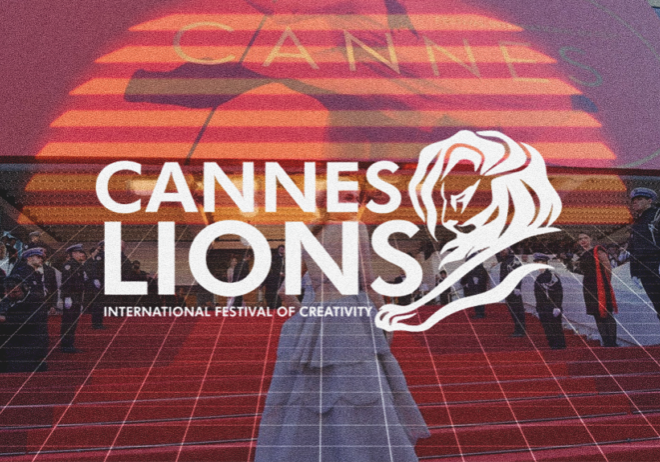
Can Starbucks CEO Brian Niccol Bring Change to the Cafe Culture?
Starbucks has been brewing headlines again, and no, it’s not the financial woes or some new secret latte. This time, it’s about the newly appointed Starbucks CEO Brian Niccol, a seasoned F&B industry pro. While we send virtual high-fives to Brian and the coffee giant for this shake-up, one can’t help but wonder—what’s going behind the scenes?
Why did Starbucks make such a bold move, bidding farewell to Laxman Narasimhan after just a year? The company needed more than a caffeine jolt to perk things up. According to financial whispers, Starbucks’ numbers haven’t been hot lately. Growth, revenue, and overall performance have been, let’s say, less than Grande.
So, what’s on the menu for Starbucks now? A full refurbishment? A new flavor of strategy? While we can’t predict if Niccol’s got a secret recipe for success, one thing’s for sure—the answers aren’t as hidden. Let’s start digging deep into this.
Starbucks CEO Brian Niccol — a stellar performer from the fast-food industry
Brian Niccol is no stranger to the corporate grind. With a resume boasting executive roles at major global brands, his latest gig as Starbucks’ new CEO creates a buzz. Before hopping on board with the coffee giant, he was busy stirring things up at Chipotle Mexican Grill as Chairman and CEO since 2018. Before that? He was running the show at Taco Bell.

At Chipotle, Niccol worked his magic—doubling the company’s business, leading digital innovation, rolling out new menu items, and expanding globally. Under his leadership, Chipotle became a culinary powerhouse and even made its way onto lists like Fortune’s Most Admired Companies and Forbes’ Best Employers for Diversity.
Niccol’s move to Starbucks wasn’t just about his stellar track record. He’s got the backing of Howard Schultz, the influential ex-CEO and major Starbucks shareholder. And Niccol’s paycheck? Well, it’s eye-popping. We’re talking a $1.6 million base salary, hefty performance bonuses, and equity awards that could exceed $100 million. Oh, and did we mention the private jet? He’ll be commuting from California to Seattle in style while Starbucks employees must hit the office three days a week.
So, with all this drama brewing at the world’s most famous coffee company, we can’t help but ask—what was the rush? Why such a high-stakes (and high-cost) appointment?
Welcoming new Starbucks CEO Brian Niccol by sweeping the issues under the rug
That’s right, Starbucks has been playing the executive shuffle game for a while now—swapping directors and shaking up the upper management as if that will fix their underlying issues. It seems like the company’s go-to move when things get challenging rather than addressing the cracks in the foundation.
Before Brian Niccol sat in the CEO chair, Laxman Narasimhan was holding the fort. His removal from the post did not get enough focus but we felt there must be something in subtlety. There was one interview of CNBC’s Jim Cramer with him before his resignation from Starbucks CEO title. (I’ll let you dig into that if you want to cringe-watch the video.)
Many experts noticed that Narasimhan fumbled when it came to discussing the company’s challenges; apparently, that didn’t sit well with Howard Schultz, the legendary Starbucks ex-CEO. Schultz even took to LinkedIn to share his thinly veiled disapproval, and the writing was on the wall for Narasimhan.
But here’s the real kicker: Starbucks’ problems run deeper than one shaky interview or a CEO swap. Let’s talk about their pricey and overly complicated menu, which feels incredibly tone-deaf during a high-inflation era. Consumers don’t want to spend a small fortune on a fancy coffee when everything else is getting more expensive. On top of that, many of the cafes are more automated than ever, which leaves customers feeling like they’re visiting a robot, not a cozy neighborhood coffee spot.
Oh, and let’s not forget the nationwide protests from Starbucks employees. Last year, employees from more than 200 Starbucks stores went on ‘Red Cup Day’ strike to register their anger against the understaffing, unionization, and other prevalent issues. Workers are feeling the pinch, too, and when baristas are being stretched thin and customers are getting sub-par drinks, it’s not a winning combo. The high prices, less-than-stellar quality, and fewer baristas at the counter aren’t doing the company any favors.
So, while Brian Niccol may be Starbucks’ shiny new CEO with his private jet and fancy paycheck, one has to wonder if they are really addressing the core issues.
The biggest question remains — is Starbucks moving to the fast-food genre?
Brian Niccol’s reputation as a star performer is hard to ignore. But there’s a looming question: is fast food success a recipe for a cafe culture like Starbucks?
Starbucks was built to be something other than a fast-food chain. It was designed to be the “third place”—a cozy in-between spot for people to unwind outside their home or office. It’s about the experience, not just the caffeine kick.
Starbucks has its share of takeouts and drive-thrus, but that’s just one part of the puzzle. With Niccol’s fast-food background, will Starbucks lose its unique, cafe-crafting soul? Will the emphasis shift towards efficiency, digital orders, and drive-thru lanes, leaving behind the “third place” ethos?
We’ve got plenty of how’s and whys to consider, and while it’s tempting to cross our t’s and dot our i’s, Starbucks seems laser-focused on just one thing: profits for shareholders—but at what cost to the brand’s identity?
Cut to the chase
Appointing Starbucks CEO Brian Niccol is a very sudden and interesting move from the company, but there are lots of questions remaining to answer in the shuffling. The employee protests to crafting coffee experiences and making shareholders happy—there is more to cope with.

